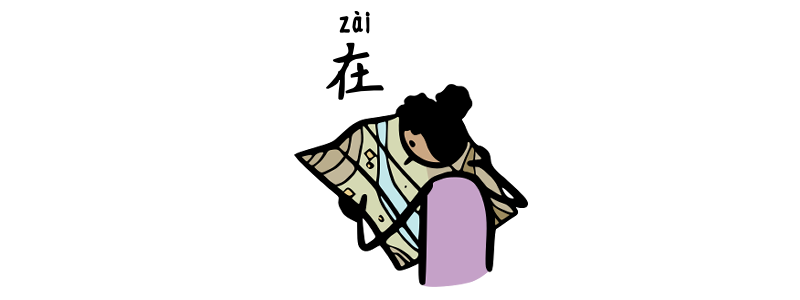Grammar Point:
In Chinese, when you want to tell someone where to put something or where something ends up after an action, you use the pattern “Verb + 在 zài.” This is called a Resultant Location structure. It shows the final location of an object after an action is done.
Structure
Knowing Object + V + 在 zài + Location
This structure is used with “把 bǎ” sentences about 85% of the time, but since some of you might not be familiar with that yet, I’ll leave it out for now. If you’re curious, feel free to check out the next grammar point!
請放在桌子上请放在桌子上
Please put it on the table.
鞋子脫在門口就好鞋子脱在门口就好
Taking your shoes off at the door is fine.
書常常擺在書架上书常常摆在书架上
Books are often placed on the bookshelf.
鍵盤怎麼會放在椅子上?键盘怎么会放在椅子上?
Why is the keyboard placed on the chair?
飯放在冰箱裡,不然會壞饭放在冰箱里,不然会坏
Put the food in the fridge, or it will go bad.
我的狗喜歡睡在桌子底下我的狗喜欢睡在桌子底下
My dog likes to sleep under the table.
咖啡已經放在廚房了咖啡已经放在厨房了
The coffee has already been placed in the kitchen.


